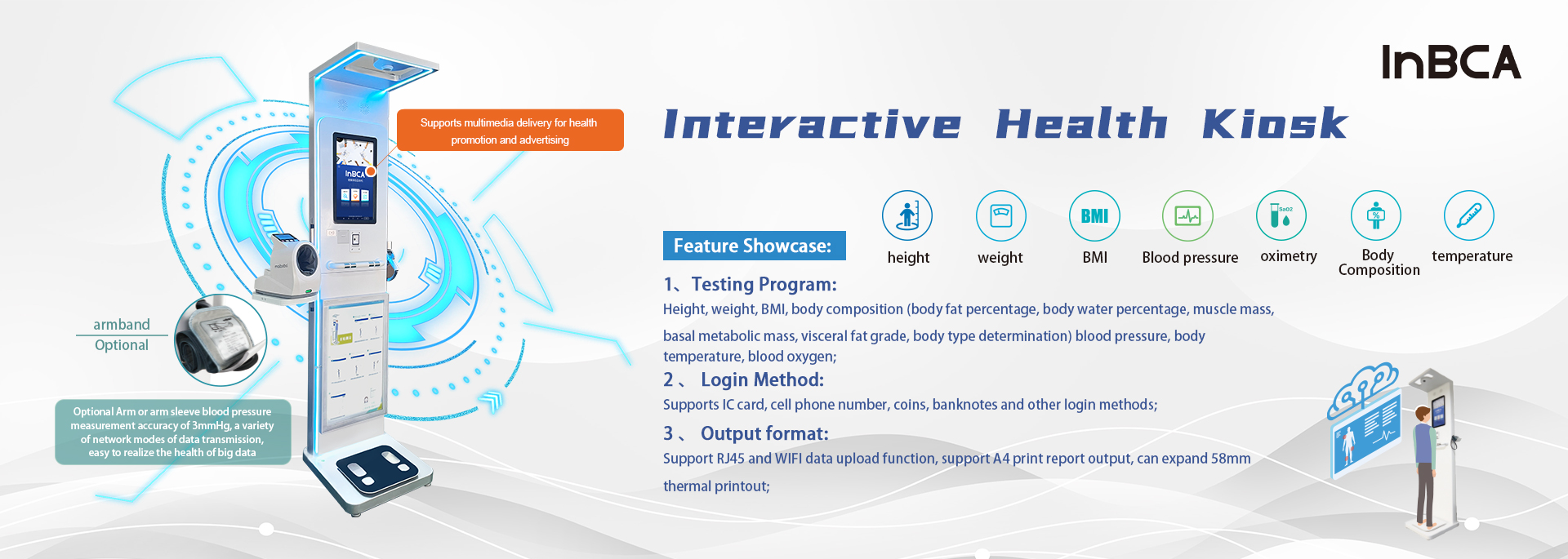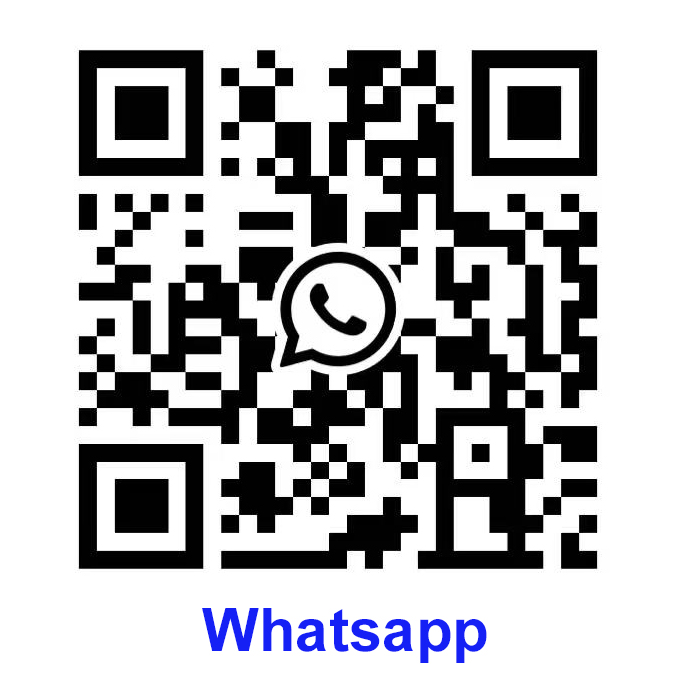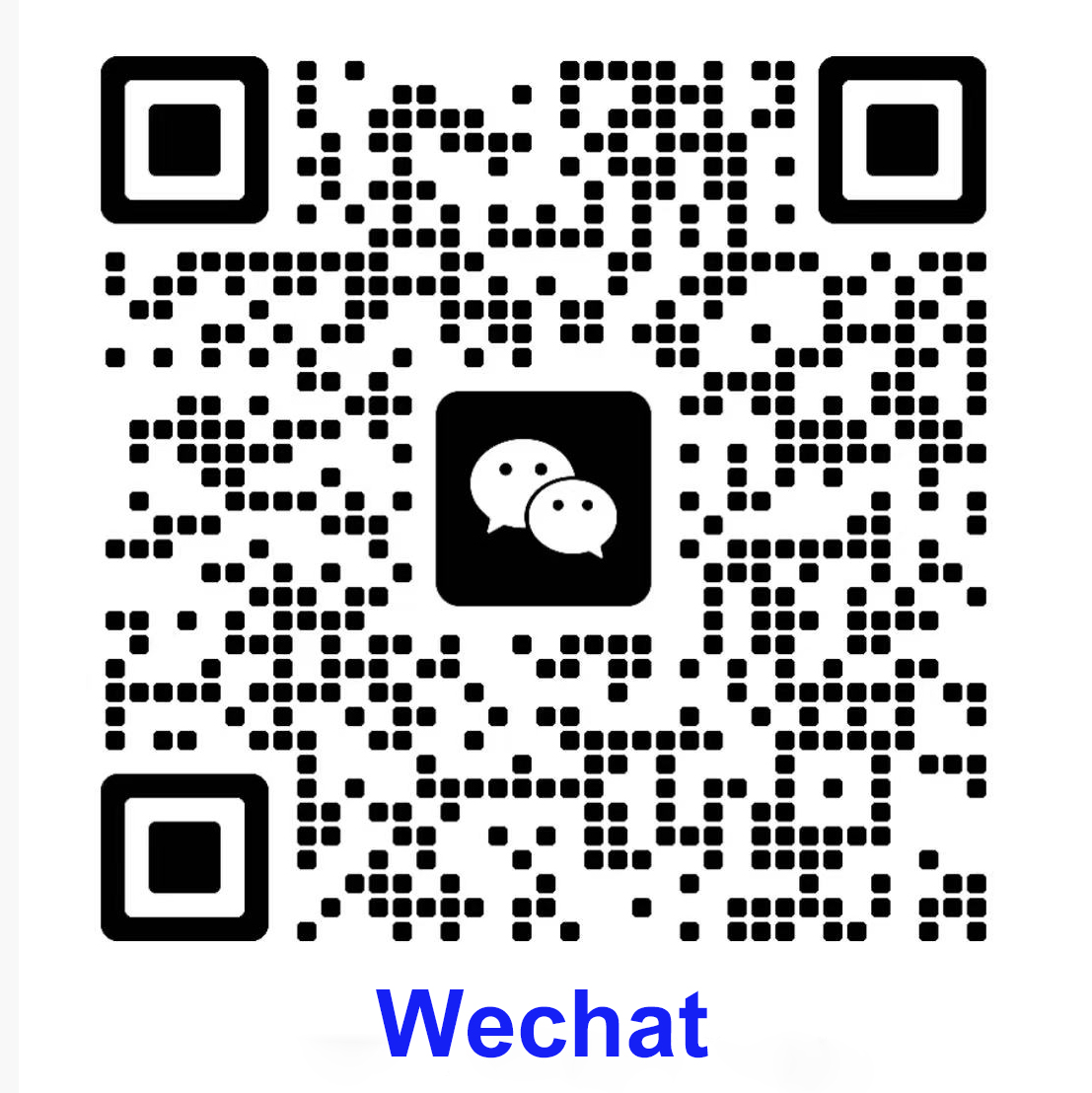Imagine walking into your local pharmacy, supermarket, or even a shopping mall and finding a sleek, standalone station offering instant health metrics. No appointment, no co-pay, just step up and get readings. This is the reality of the **health check-up kiosk**, a rapidly emerging technology promising to democratize basic health screening. But are these digital sentinels a revolutionary step towards proactive healthcare, or a potential minefield of misinformation and false reassurance?
**Beyond the Vending Machine: What is a Health Check-Up Kiosk?**
Think of it as a high-tech, self-service health station. Typically featuring a touchscreen interface and integrated medical devices, these kiosks allow users to perform a range of basic health measurements independently, often in under 10 minutes. Common capabilities include:
1. **Blood Pressure Monitoring:** Using an automated cuff, similar to those in clinics.
2. **Weight and Height Measurement:** Calculating Body Mass Index (BMI) automatically.
3. **Body Composition Analysis:** Some advanced kiosks use bioelectrical impedance to estimate body fat percentage, muscle mass, and water weight.
4. **Pulse Oximetry:** Measuring blood oxygen saturation (SpO2) via a finger sensor.
5. **Heart Rate Measurement:** Often derived from the pulse oximeter or BP cuff.
6. **Vision Screening:** Basic tests for visual acuity or color blindness.
7. **Temperature Scanning:** Non-contact thermometers became more common post-pandemic.
8. **Health Risk Questionnaires:** Digital surveys assessing lifestyle factors and potential risks.
9. **Data Summaries and Reports:** Providing instant printouts or digital summaries of results.
**The Allure: Democratizing Access and Raising Awareness**
The potential benefits driving the adoption of health kiosks are significant:
* **Increased Accessibility:** Placed in convenient, high-traffic locations (pharmacies, workplaces, community centers, airports), they remove barriers like appointment scheduling, travel time, and cost for basic screenings. This is especially valuable in underserved areas with limited healthcare access.
* **Empowerment and Proactivity:** Kiosks encourage individuals to take a more active role in monitoring their health. Easy access fosters awareness of key metrics like blood pressure, which often has no symptoms in its early stages.
* **Convenience and Anonymity:** For routine checks or simple curiosity, the kiosk offers a quick, private alternative to a full doctor's visit. This can reduce anxiety for some users.
* **Early Detection Potential:** Regular monitoring can flag potential issues (like consistently elevated BP) prompting users to seek professional medical advice sooner rather than later.
* **Public Health Surveillance (Aggregated & Anonymized):** Large-scale, anonymized data collected from kiosks *could* provide valuable insights into community health trends.
* **Corporate Wellness Integration:** Employers are increasingly using kiosks as part of workplace wellness programs.
**The Caveats: Accuracy, Interpretation, and Data Concerns**
Despite the promise, health kiosks come with important limitations and potential downsides:
* **Accuracy Variances:** Readings can be affected by user factors (improper cuff placement, movement, recent caffeine intake), environmental conditions (noise, temperature), and the kiosk's calibration/maintenance status. They are generally less reliable than measurements taken by trained professionals in controlled settings.
* **False Reassurance:** A "normal" reading doesn't guarantee health. Kiosks only measure a limited set of parameters. Serious conditions can exist despite normal kiosk results. Relying solely on kiosks can delay necessary comprehensive medical evaluations.
* **False Alarms and Anxiety:** Conversely, an abnormal reading might be inaccurate or indicate a transient issue, causing unnecessary worry and potentially leading to avoidable doctor visits or tests.
* **Lack of Context and Guidance:** Kiosks provide raw data, not diagnosis or medical advice. They cannot interpret results in the context of an individual's full medical history, medications, or symptoms. Users may misinterpret results or fail to take appropriate action.
* **Data Privacy and Security:** Collecting sensitive health data in public kiosks raises significant concerns. Who owns the data? How is it stored and protected? Is it anonymized effectively? Could it be hacked, misused, or even sold? Clear privacy policies and robust security are paramount but not always guaranteed.
* **Regulatory Oversight:** The level of regulation for these devices varies, and standards for accuracy and data security are still evolving in many regions.
* **Digital Divide:** While increasing access, kiosks still require some digital literacy to operate effectively, potentially excluding vulnerable populations.
**Navigating the Kiosk Landscape: Best Practices for Users**
To maximize benefit and minimize risk:
1. **Consider it a Snapshot, Not a Diagnosis:** Treat kiosk results as preliminary data points, not definitive health statements.
2. **Focus on Trends:** Track readings over time rather than fixating on a single result. Look for consistent patterns.
3. **Know the Limits:** Understand what the kiosk measures and what it *doesn't*.
4. **Share with Your Doctor:** Take your kiosk results to your primary care physician. They can interpret them within your complete health picture and recommend next steps.
5. **Prioritize Professional Care:** Never use a kiosk as a substitute for regular check-ups with a qualified healthcare provider. If you have symptoms or concerns, see a doctor.
6. **Check Privacy Policies:** Before using, understand how your data will be handled and stored. Opt-out if uncomfortable.
7. **Ensure Proper Use:** Follow on-screen instructions carefully for accurate readings (e.g., sit quietly before BP, proper cuff placement).
**The Future: Integration and Evolution**
The potential of health kiosks lies in responsible integration:
* **Seamless Data Sharing:** Secure integration with electronic health records (EHRs), allowing doctors to see trends.
* **Telehealth Linkages:** Kiosks could connect users directly to a telehealth consultation for immediate discussion of abnormal results.
* **AI-Powered Triage:** Future kiosks might use AI to provide more nuanced risk assessments based on combined metrics and questionnaires, directing users to appropriate care levels.
* **Expanded Functionality:** Integration of more advanced, yet reliable, point-of-care testing (e.g., blood glucose, cholesterol) is a possibility.
**Conclusion: A Tool, Not a Panacea**
Health check-up kiosks are neither magic health oracles nor useless gadgets. They represent a significant step towards making basic health monitoring more accessible and convenient, potentially empowering individuals and aiding in early detection. However, their value is entirely dependent on user understanding and responsible integration into the broader healthcare ecosystem. **They are powerful tools for awareness, but dangerous substitutes for professional medical care.** Used wisely – as a prompt for conversation with a doctor, not a final verdict – these digital outposts can play a valuable role in building a more proactive and accessible approach to health in our communities. The key is recognizing their data for what it is: a starting point, not an endpoint.



